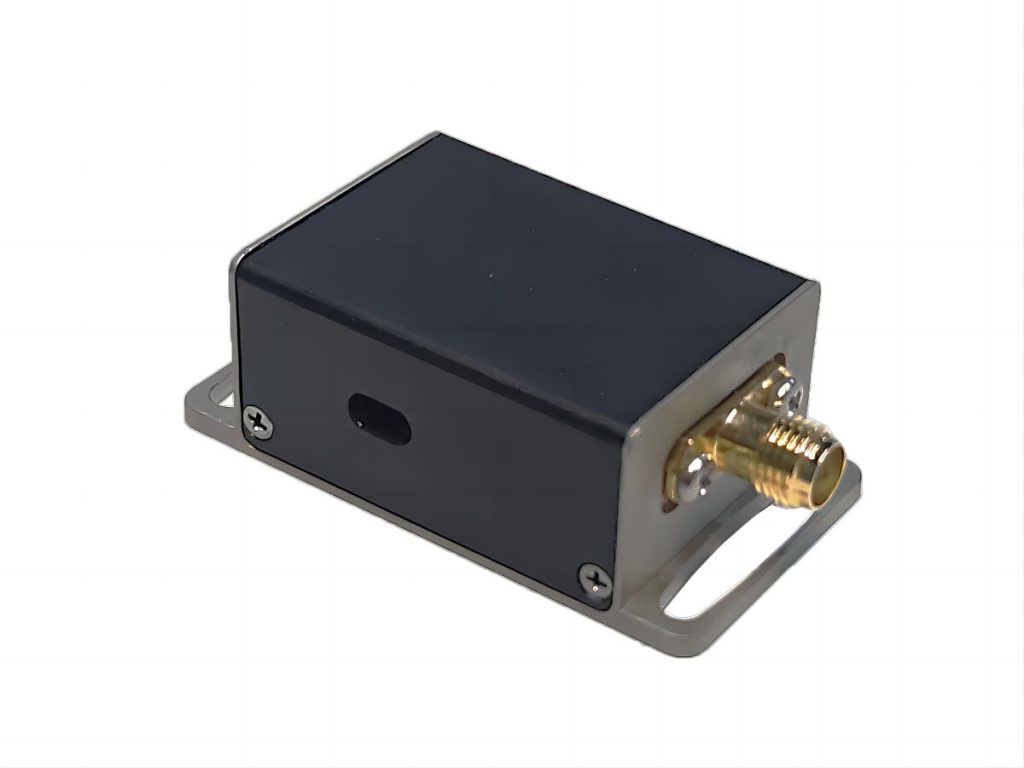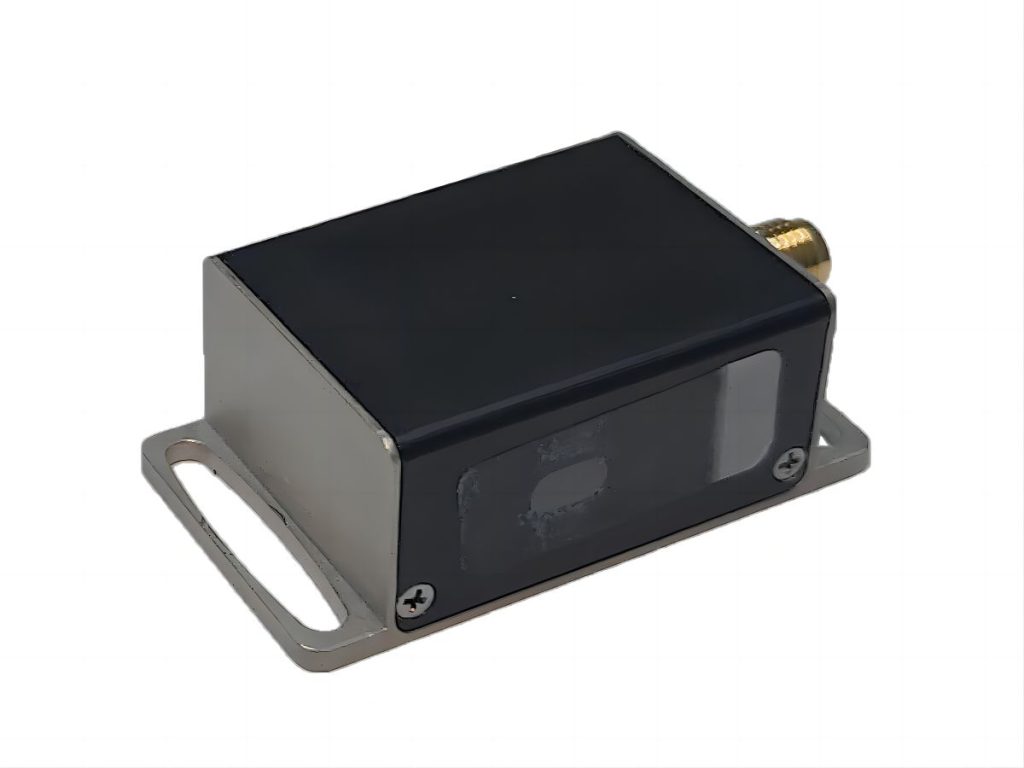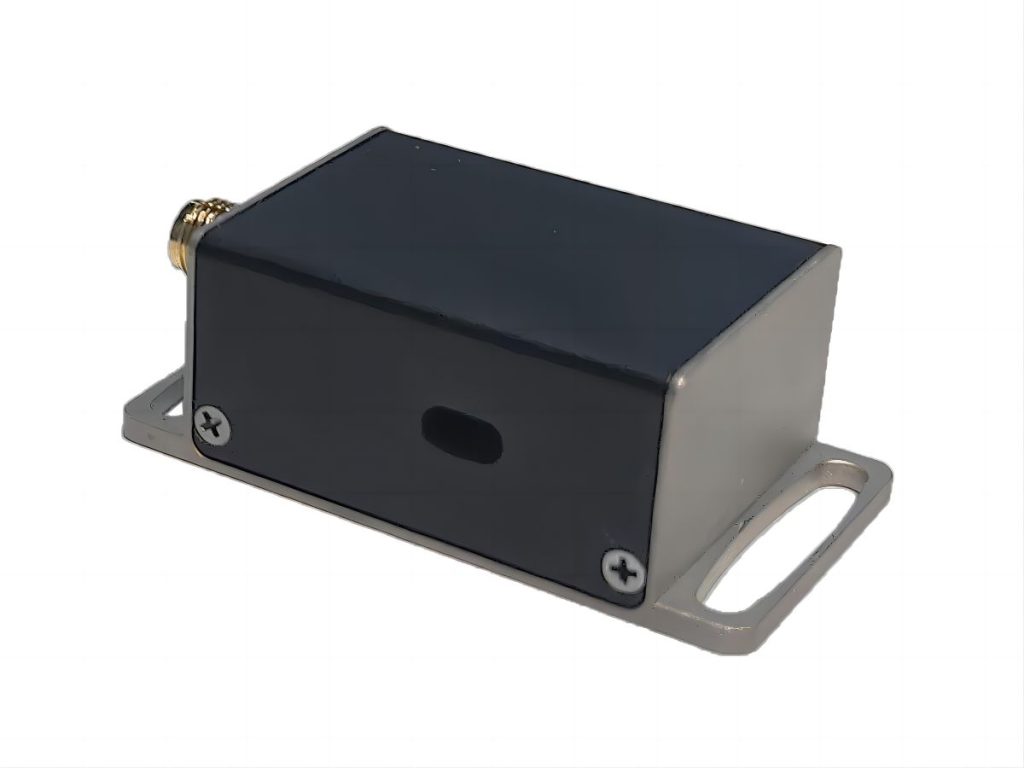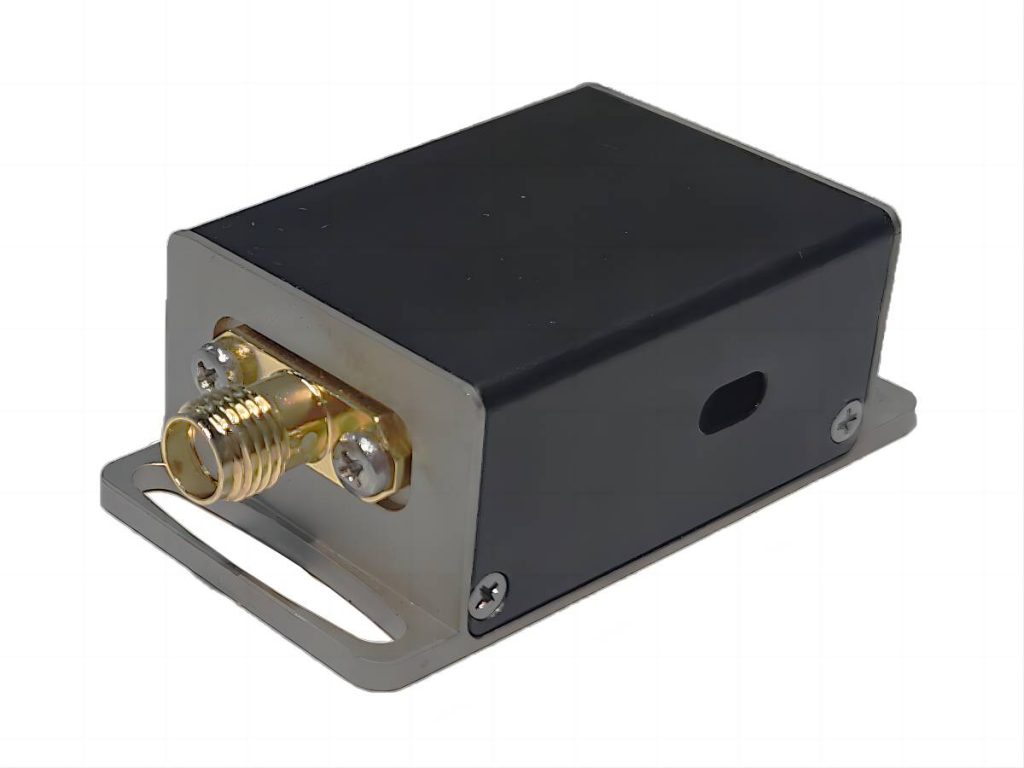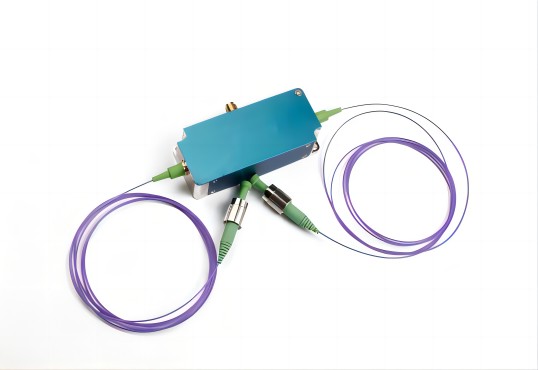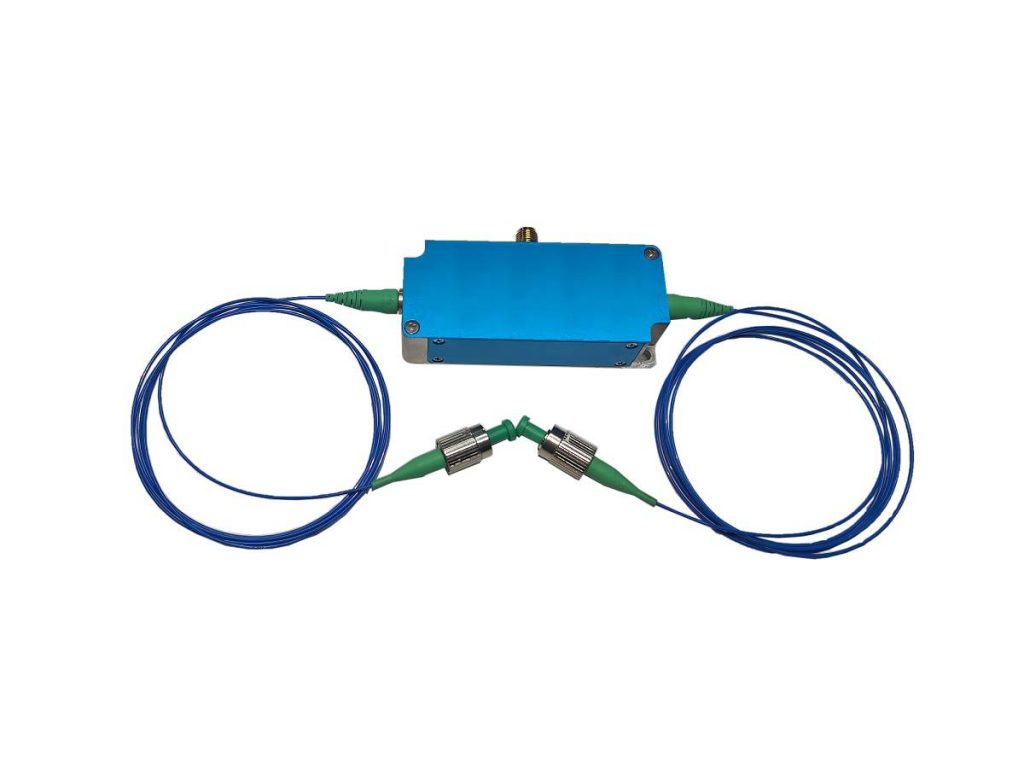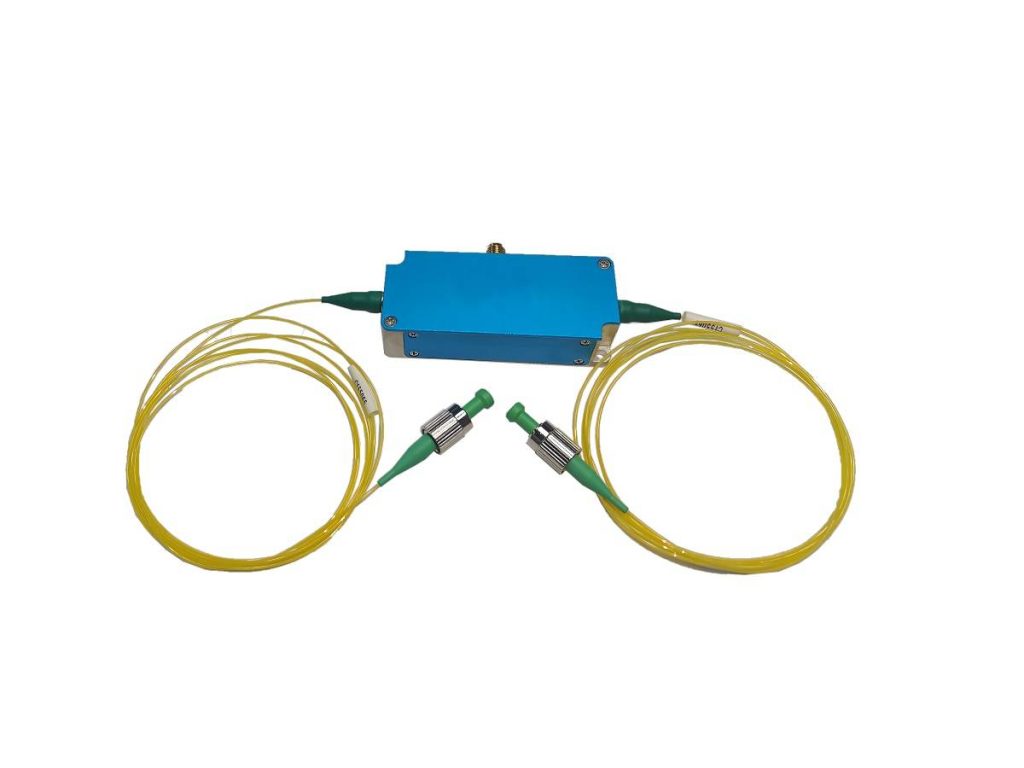Acousto-Optic Frequency Shifters: 4 Key Questions Answered
Acousto-optic frequency shifters (AOFS) have emerged as indispensable components in a myriad of optical systems, offering precise and efficient control over the frequency of light. By exploiting the interaction between light and sound waves, AOFS can shift the frequency of an optical signal, enabling a wide range of applications from laser Doppler vibrometry to optical frequency metrology.
This article aims to provide a comprehensive understanding of AOFS by addressing four key questions:
- What is the maximum frequency shift achievable with an AOFS?
- How efficient are AOFS?
- What are the limitations of AOFS?
- How do AOFS compare to other frequency shifting methods?
What is the Maximum Frequency Shift Achievable with an AOFS?
The maximum frequency shift achievable with an AOFS is primarily determined by the acoustic frequency of the sound wave used to modulate the optical signal. According to Bragg’s law, the frequency shift (Δf) is given by:
Δf = ± 2νΛ / λ
where:
- ν is the acoustic frequency
- Λ is the acoustic wavelength
- λ is the optical wavelength
In practice, the maximum achievable frequency shift is constrained by the limitations of the acoustic transducer used to generate the sound wave. High-frequency transducers are required to achieve larger frequency shifts, but they may be more challenging to design and operate due to factors such as higher acoustic losses and increased fabrication complexity.
Recent advancements in materials science and transducer technology have led to significant improvements in the maximum frequency shift attainable with AOFS. For example, the use of piezoelectric materials with high electromechanical coupling coefficients, such as lithium niobate and lead zirconate titanate (PZT), combined with advanced fabrication techniques like microelectromechanical systems (MEMS), has enabled the development of transducers capable of operating at frequencies well into the gigahertz range.
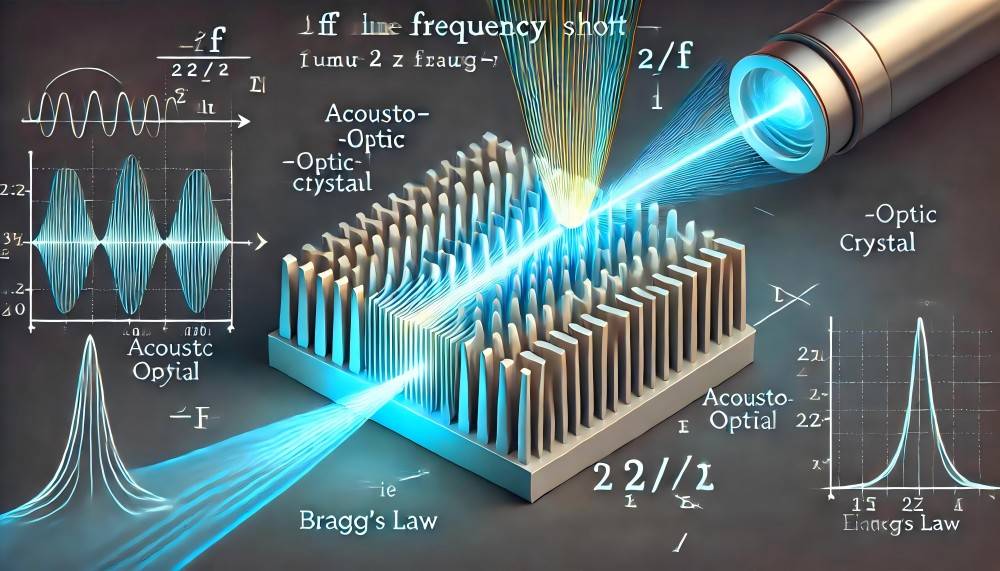
How Efficient are Acousto-optic Frequency Shifters?
The efficiency of an AOFS is a measure of how effectively it converts the incident optical power into the shifted frequency component. Several factors influence the efficiency of an AOFS, including:
- Acoustic power: Higher acoustic power leads to a stronger interaction between the light and sound waves, resulting in higher efficiency. However, excessive acoustic power can lead to nonlinear effects and reduced efficiency.
- Material properties: The refractive index and acoustic properties of the acousto-optic material play a crucial role in determining efficiency. Materials with high acousto-optic figures of merit (AOMF) exhibit higher efficiency. Common acousto-optic materials include fused silica, tellurium dioxide, and lead molybdate.
- Interaction length: A longer interaction length between the light and sound waves can increase efficiency. However, this may also lead to increased diffraction spreading and reduced beam quality. The optimal interaction length depends on the specific application and the desired frequency shift.
- Optical beam quality: A high-quality optical beam with a low divergence angle can improve the efficiency of an AOFS. Beam quality can be affected by factors such as laser source characteristics and optical components.
In general, AOFS can achieve diffraction efficiencies of up to 80% or more, making them highly efficient devices for frequency shifting applications. However, the actual efficiency achieved in a given system will depend on the specific operating conditions and the design of the AOFS.
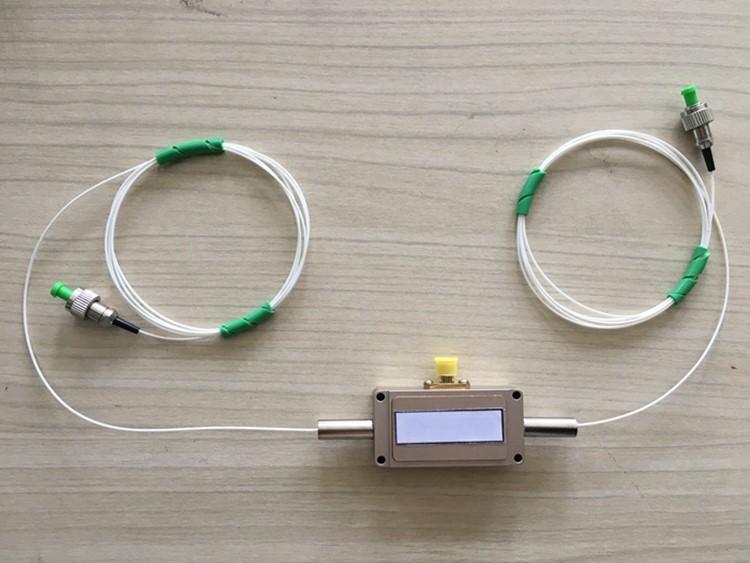
What are the Limitations of Acousto-optic Frequency Shifters?
While AOFS offer numerous advantages, they also have certain limitations that must be considered in practical applications:
- Bandwidth limitations: The bandwidth of an AOFS is limited by the acoustic transducer and the acousto-optic material. Wideband AOFS require high-frequency transducers and materials with low acoustic attenuation.
- Temperature sensitivity: The frequency shift and efficiency of an AOFS can be affected by temperature variations. To ensure stable operation, it is often necessary to use temperature-controlled environments or employ active temperature compensation techniques.
- Optical damage: High-power laser beams can cause optical damage to the acousto-optic material, especially if the material is not properly cooled. This can lead to reduced efficiency and even failure of the AOFS.
- Material degradation: Over time, the acousto-optic material can degrade due to factors such as radiation damage, mechanical stress, or chemical reactions. This can affect the performance of the AOFS and may require replacement of the material.
- Nonlinear effects: At high acoustic powers, nonlinear effects can occur, leading to distortion of the optical signal and reduced efficiency.
Addressing these limitations often involves careful design considerations, material selection, and operating conditions.
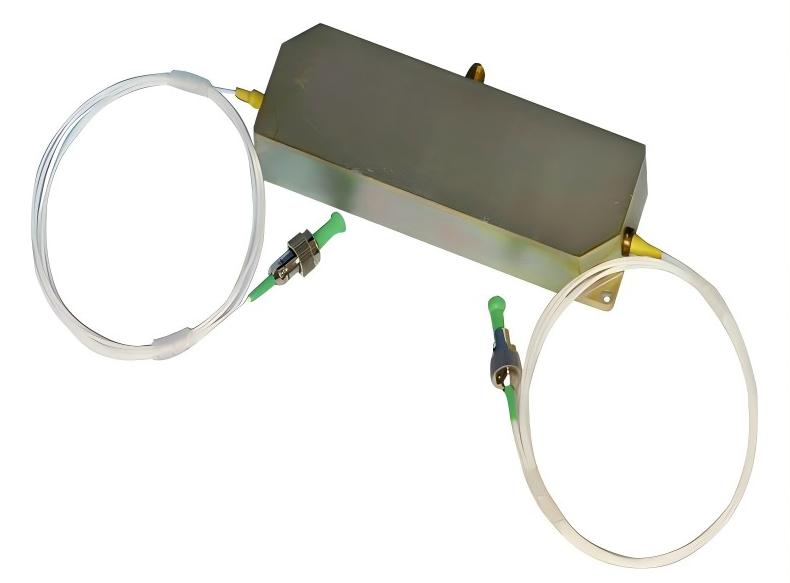
How Do Acousto-optic Frequency Shifters Compare to Other Frequency Shifting Methods?
AOFS are not the only method for shifting the frequency of light. Other techniques include electro-optic modulators, nonlinear optics, and frequency mixing. Each method has its own advantages and disadvantages, and the best choice for a particular application depends on factors such as the required frequency shift, efficiency, bandwidth, and cost.
- Electro-optic modulators: Electro-optic modulators can be used to shift the frequency of light by applying an electric field to a crystal. They offer high speed and precision but can be more complex and expensive to implement.
- Nonlinear optics: Nonlinear optical processes, such as frequency doubling or parametric down-conversion, can be used to generate new frequencies of light. These methods can be highly efficient but often require high laser powers and specialized optics.
- Frequency mixing: Frequency mixing involves combining two or more optical frequencies to generate a new frequency. This technique can be used to create frequency shifts that are not possible with other methods but can be complex and inefficient.
Compared to these other methods, AOFS offer several advantages, including their simplicity, robustness, and relatively low cost. They are particularly well-suited for applications that require precise and efficient frequency shifting over a wide range of frequencies.


